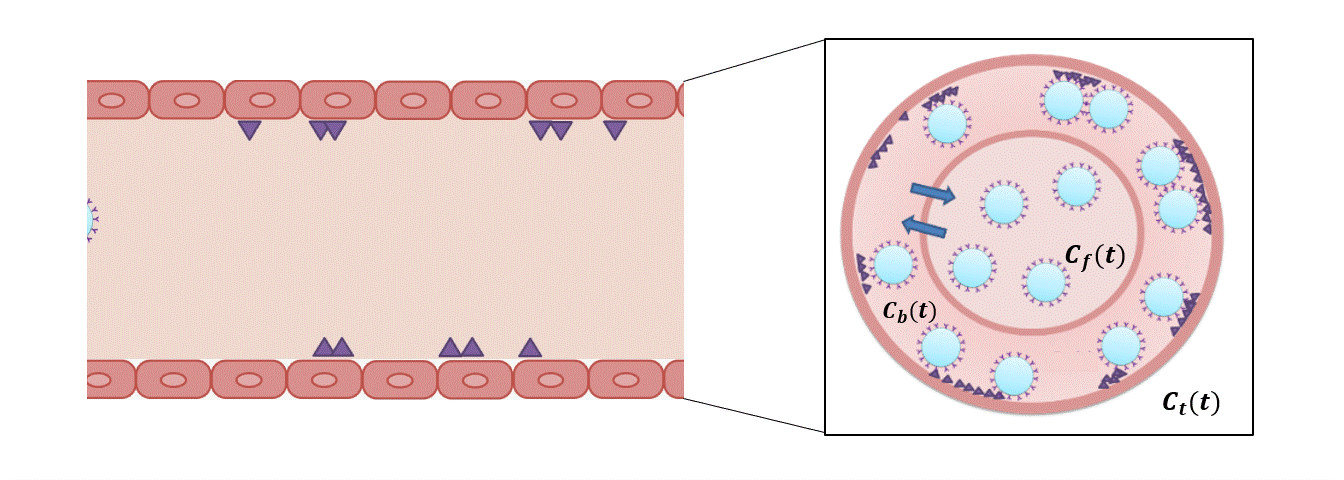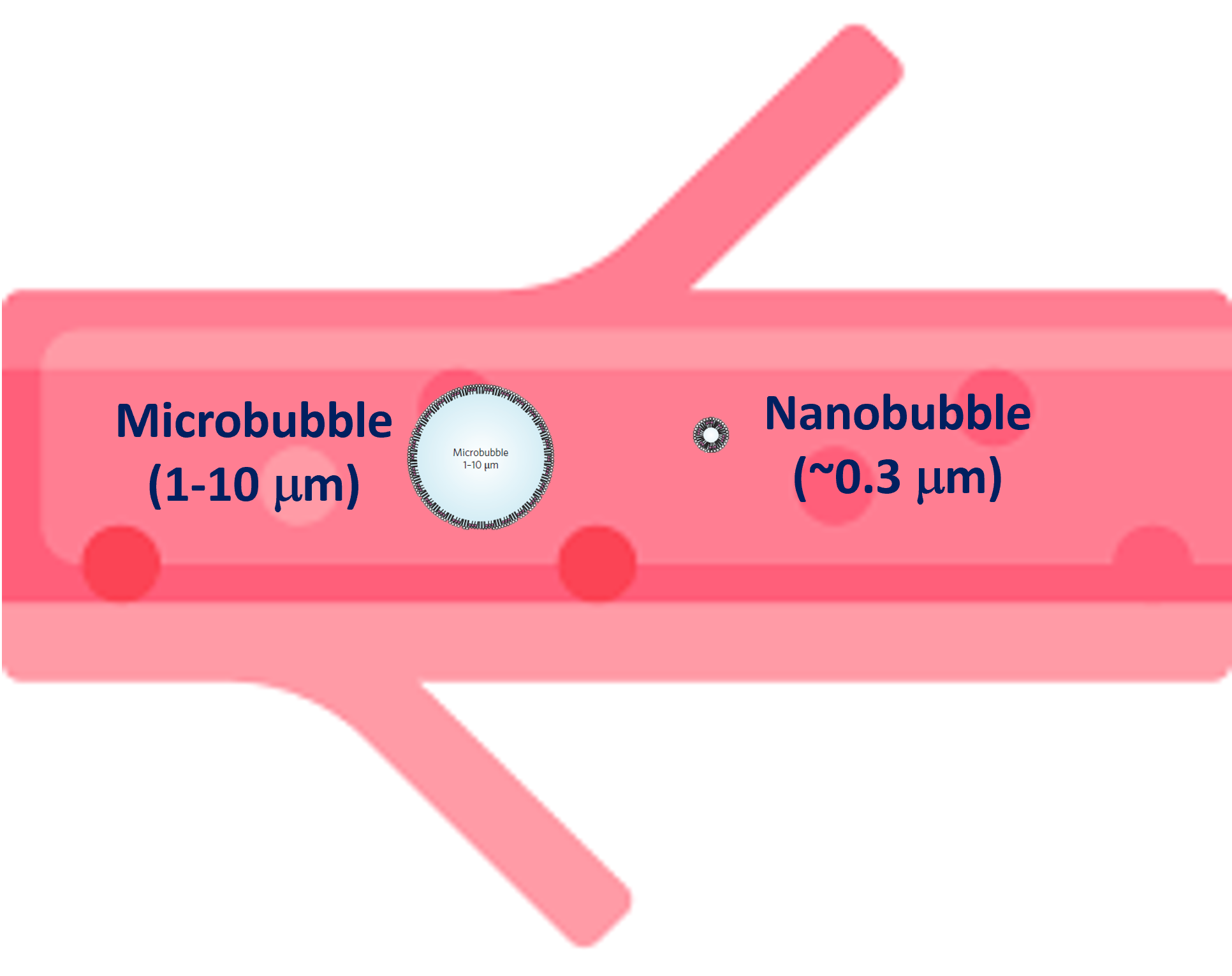Pharmacokinetic modeling in cancer: from functional to molecular imaging of angiogenesis
In this line of research, we propose quantitative assessment of cancer angiogenesis by combining dynamic contrast-enhanced imaging with pharmacokinetic modeling of the contrast agent kinetics. This enables the extraction of interpretable parameters that can be used for cancer diagnostics. 






